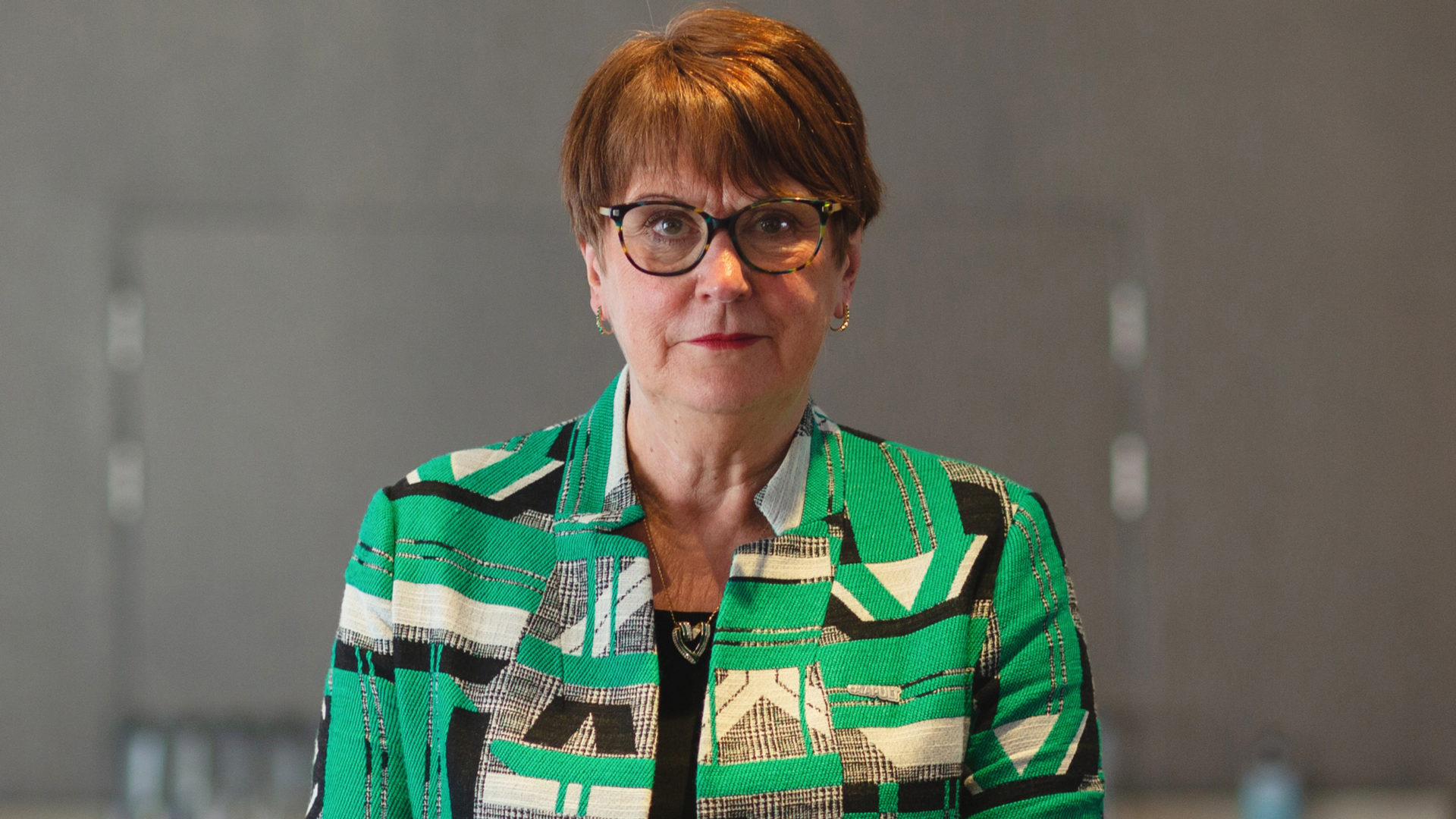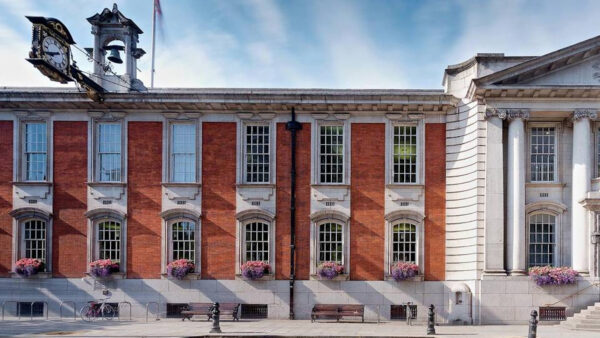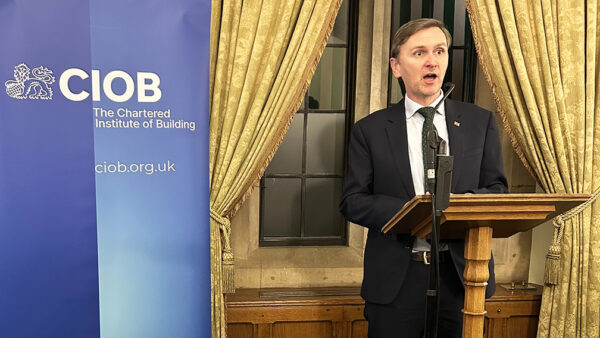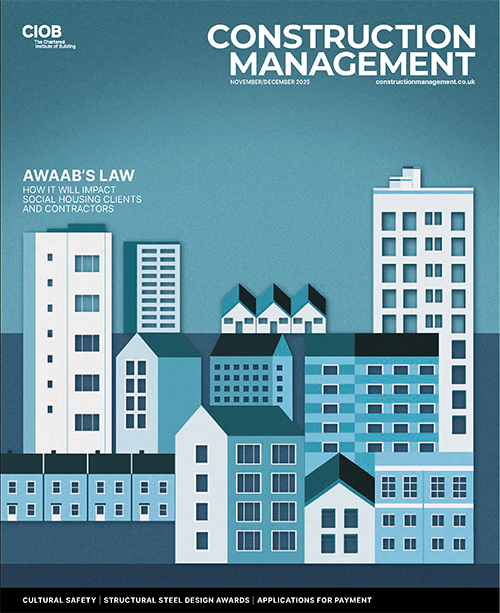
Dame Judith Hackitt hoped the industry would have shown more “urgency and pace” in addressing competence concerns following the Grenfell Tower fire, she told a Westminster event today.
Hackitt made the remarks at the launch of a new building safety competence standard for higher-risk buildings (HRBs) by the Engineering Council at an event hosted by the Earl of Lindsay at the Cholmondeley Room in the House of Lords on 1 May.
The UK Standard for Professional Engineering Competence and Commitment contextualised for Higher-Risk Buildings (UK-SPEC HRB) was developed in response to Hackitt’s Building a Safer Future report to assess the competence and commitment of individual engineers and technicians working on HRBs in the UK.
“Having delivered my report at pace in less than a year, I had hoped that that same sense of urgency and pace would be picked up by industry in fixing the many problems that I’d uncovered with regard to competence,” said Hackitt, who in her 2018 report slammed a “race to the bottom” culture across the built environment, which was central to the tragedy that killed 72 people on 14 June 2017.
“It’s certainly true that a huge number of people got busy very, very quickly in defining a whole range of competences across the piece,” added Hackitt, congratulating the work of the Construction Industry Council’s (CIC) competence working groups following her report and the launch of UK-SPEC HRB.
“I must add at this point that I believe we should have reached this point much sooner, notwithstanding the challenges which things like the pandemic have thrown in our path. Overall, I still don’t feel that the sense of urgency has been there to drive things at the right pace.”
Standard ‘must have teeth’
Hackitt said she was “delighted” by the Engineering Council’s launch of a new competency register for professionally qualified structural and civil engineers to demonstrate their competence in working on HRBs, which was one of the recommendations of the CIC’s Setting the Bar building safety competence report.
The Engineering Council has licensed five professional bodies for the new HRB standard registration, including the Chartered Association of Building Engineers (CABE), the Chartered Institution of Building Services Engineers (CIBSE), the Institution of Civil Engineers (ICE), the Institution of Fire Engineers (IFE) and the Institution of Structural Engineers (IStructE).
Addressing the Engineering Council, Hackitt said: “I will be very keen to hear more about the next stages you’ve mapped out, which will need to include driving the individual institutions who have been licenced to award this qualification in raising awareness among their members, not just of the existence of this new qualification, but driving them to register against the standard.”
“We also need to be clear in due course how you will differentiate between those who do demonstrate competence and those who do not, what happens to those who fail to make the registration,” Hackitt continued, looking around the Cholmondeley Room, packed with representatives and members of engineering institutions.
“The standard must mean something. It must have teeth and it must be transparent.”
Hackitt concluded: “So this new standard is very welcome. It is much needed, but we now have a job to do to make it stick as part of the new system and the new culture that many of us are trying to create.”











